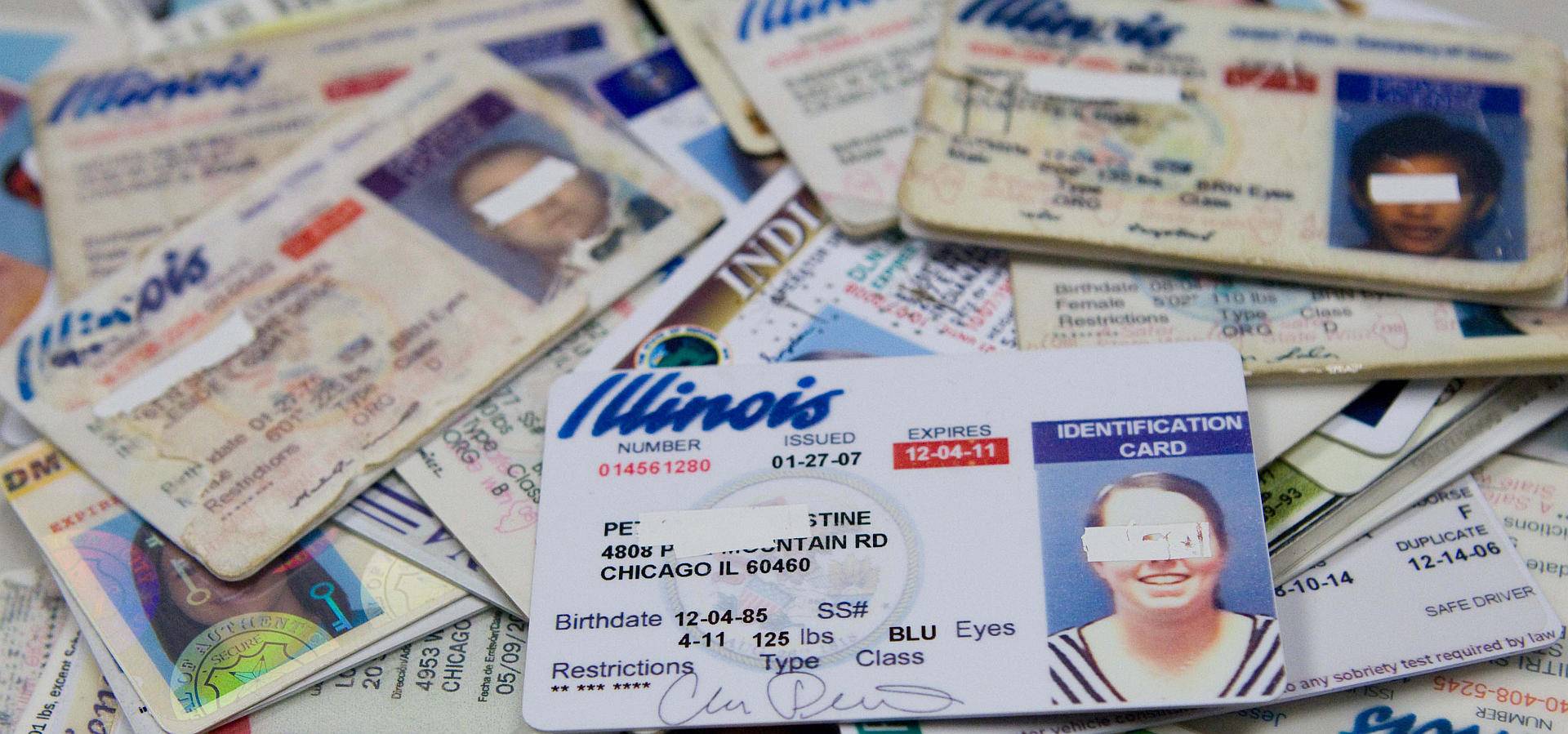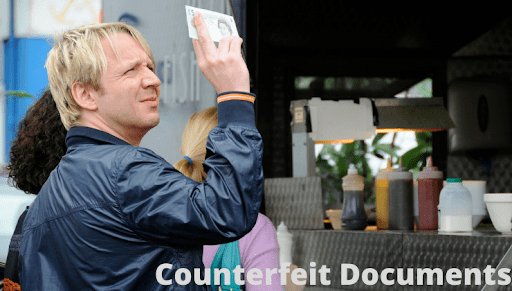
The era of low-tech document forgery may have passed us by. Unfortunately, as thieves become more proficient in their deception, incidences of document fraud and counterfeiting are increasing, costing businesses worldwide trillions of dollars. Despite the world’s transformation to digital document management systems, the number of cases of fake IDs, certificates, and documents has not slowed down.
According to TrustID, a European-based company, passports, visas, and official identification cards continue to be among the most counterfeit papers, with the number increasing until 2020. While visa fraud decreased by more than 50% in 2020 (oh, COVID-19 protocols), the figure remains troubling, and governments may see an increase in 2020. The proportion of forged passports, which account for 44% of total document forgery and fraud, stayed steady from 2019 to 2020, however the proportion of forged ID cards increased by 9% from 2019 to 2020, reaching 28%. This could be a result of the high unemployment rates associated with the COVID-19 epidemic.
Fortunately, as thieves improve their counterfeiting and fraud processes, technology for preventing and detecting fraud has advanced. The introduction and development of blockchain technology solutions is at the top of the list, with the goal of instantly detecting any document fraud.
Nonetheless, further methods of detection and prevention have been adopted, including the use of microscopic scanners for texture analysis, improved visual authentication systems based on artificial intelligence (AI), and live identity verification (on-the-spot selfies and photographs).
Businesses and institutions are already experimenting with blockchain technologies like as Blockademia in order to completely eliminate document fraud, validate documents, and confirm that each document is authentic.
Disrupting the Document Authentication Market
Due to the immutable and decentralized nature of blockchain technology, it provides a solution to the growing incidences of document fraud occurring throughout the world. The proposed approach does not propose putting the actual paper document (or its picture) on the blockchain – which would be prohibitively expensive and inefficient – but rather merely the digital proof that a document has been authenticated by a particular institution or government.
This assists in verifying the document’s legitimacy, and if someone want to demonstrate it, they may simply use the proof supplied on the blockchain. In brief, the blockchain will ensure the immutability of these proofs while retaining the metadata necessary to establish the legitimacy of a certificate, identification, passport, or other document.
The Verification Solution
Blockademia, a blockchain-based document verification system, is one of the major technologies that businesses are evaluating to avoid and identify fraud. According to the official website, Blockademia is a decentralized information system for creating and authenticating diplomas, certificates, contracts, certificates of ownership, insurance policies, state documents, source code, video & audio files, and other documents using Cardano blockchain entries.
Cardano’s immutable, public, and decentralized qualities enable it to provide the precise time and date of each entry record. Blockademia guarantees the permanence and immutability of the issued entry including document metadata and subsequent authentication checks by utilizing these blockchain properties.
Don’t like to brag but our Discord + Telegram communities are some of the best in #Cardano #CardanoCommunity #ADA because of our amazing community and mods. If you want a welcoming and safe place to learn more about #DeFi & #PoT & $ACI, you need to join.https://t.co/oj6E3NR8Wg
— Blockademia – ACI (@blockademia_aci) November 1, 2021
How It Works
Blockademia employs a dual-layer structure, with the issuing, verification, and authentication of papers occurring on a separate layer of the application and the blockchain connection occurring on a layer-2, in order to minimize transaction costs.
Blockademia has a dual-layer structure, with the document issuing and other user activities occurring in a separate section of the program, while the blockchain interaction occurs in another. This way, the system’s cost is optimized. To begin, the administrator must create the document on the blockchain. Second, on the blockchain, the document is checked and authenticated.
The program is used by the document’s issuer to enter the necessary data for the document’s creation. Once entered, the system generates a unique hash of the transaction data, which is then saved on the blockchain. Blockademia is creating its native ACI token to allow entry and power the platform. Once the issuer submits and approves the data, the dApp charges the fee in ACI tokens and creates a blockchain entry. The Issuer is then provided with a QR code that may be used to check and confirm the document’s authenticity.
Verifying the validity of a document is accomplished using the web interface or the Blockademia application for Android/iOS. The verifier enters the necessary data via the interface or scans the resulting QR code. If the verifier is using the free version of the application, they can verify documents one by one. There is a corporate edition of the tool available for business and enterprise verifiers that offers advanced verification choices. Businesses pay for verification using ACI tokens.
The Future of Verification of Documents
As mentioned previously, blockchain-based verification has a number of advantages over traditional and digital verification, including immutability, speed of turnaround, and transparency. It enables institutions worldwide to easily verify and authenticate a variety of papers, each of which contains a hash function that cannot be counterfeited without harming the system.
Additionally, when organizations and institutions utilize blockchain-based verification systems, errors are dramatically reduced. Blockcademia solutions assist in detecting and avoiding fraud and red-flag patterns that typically evade digital verification or detection by the human eye.
As blockchain solutions are developed and enhanced, document verification will become as simple as a click for any organization, corporation, or individual that needs to verify the authenticity and verifiability of certifications, government documents, degrees, or any other document.
Disclaimer: This article is provided for informational purposes only. It is not offered or intended to be used as legal, tax, investment, financial, or other advice.























